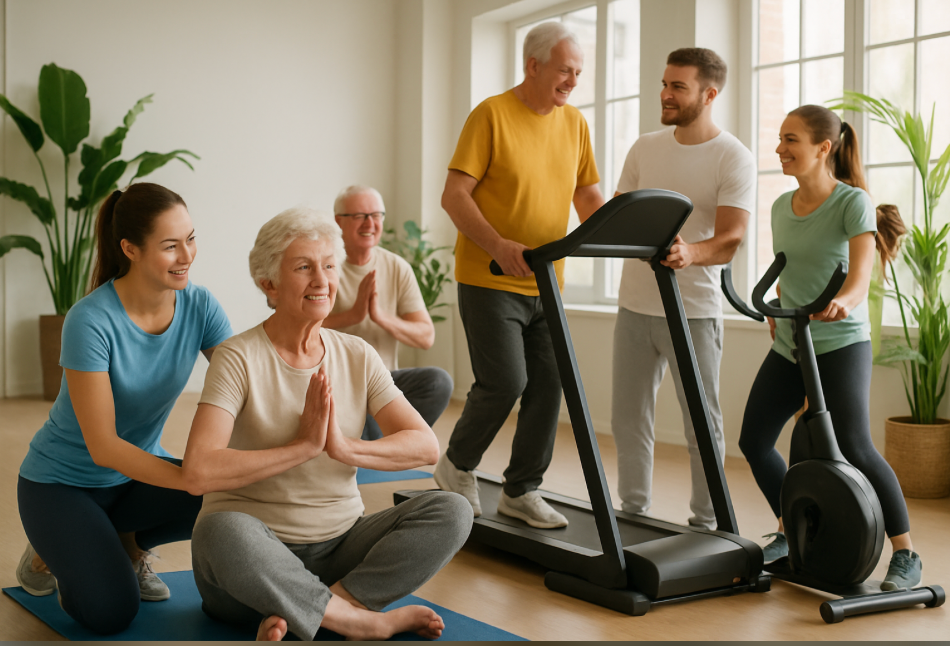Top Exercises to Enhance Quality of Life for People with Parkinson's Disease
- Brian Keith Shrewsbury
- Aug 28, 2025
- 2 min read
The best exercises for people with Parkinson’s disease are those that combine aerobic activity, strength training, balance, and flexibility, and are performed regularly to improve mobility, mood, and quality of life.

Top Recommended Exercise Types
Aerobic exercise: Walking, cycling, swimming, or using an elliptical can help improve cardiovascular fitness and motor function. Aim for 30 minutes, three times per week.
Strength training: Using weights, resistance bands, or bodyweight movements (like
squats or repeated standing from a chair) helps maintain muscle mass and functional daily movement. Target each muscle group 2–3 times weekly.
Balance and agility training: Activities like yoga, Tai Chi, dance, boxing, and Pilates can boost stability and help prevent falls. These should be done several times per week.
Flexibility and stretching: Daily stretching or flexibility exercises relieve muscle stiffness and improve range of motion.
Functional exercises: Water aerobics and task-based functional movements (standing from a chair, walking different patterns) are especially effective.
Notable Programs and Tips
Non-contact boxing, dance, and aquatic exercise are especially effective for motor symptoms and quality of life.
Try to reach a goal of at least 150 minutes of moderate intensity exercise each week.
Choose exercises that are enjoyable, and adapt based on symptoms and stage of Parkinson’s (consulting a physical therapist can help tailor a safe program).
Regularity is key: The longer and more consistently one exercises, the greater the benefits.
Important Considerations
Always include a warm-up and cool-down, and exercise safely within one’s limits.
Exercise is safe for most with Parkinson’s and carries a low risk of adverse events, but should be tailored to individual stability and abilities.
Starting exercise early in the disease course may slow symptom progression and improve long-term outcomes.
A well-rounded, consistent exercise regimen tailored to the individual’s needs offers both physical and mental benefits for those living with Parkinson’s disease.
Comments